The statement “Iran and the United States do not get on” is perhaps one thing we can all agree on. What is less clear, however, is: why?
Coverage of the current crisis talks of Donald Trump, nuclear deals, the legacy of Barack Obama and an Iran determined to establish itself as the major power in the Middle East.
But to truly appreciate today’s news, it’s necessary to go a lot further back – to 1908, in fact.
What’s more, it’s also critical to look at the UK’s role in all of this, during a bygone age of empire when Britain was the United States of its time.
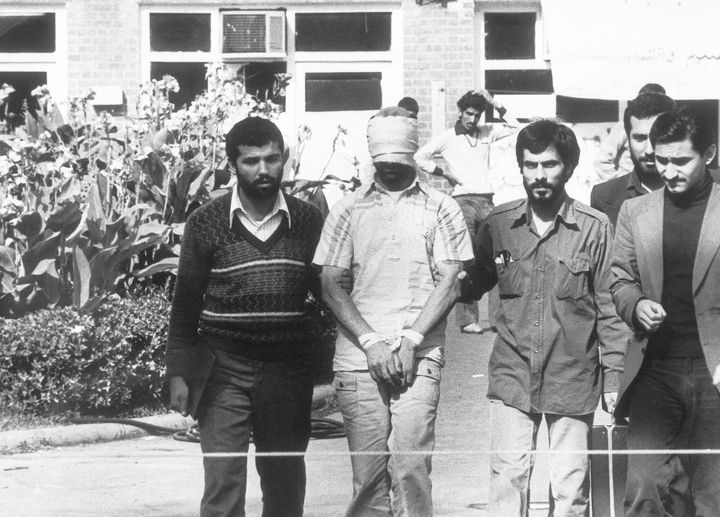
1908: The founding of the Anglo-Persian Oil Company
As with so many conflicts in the Middle East, the current US-Iran tensions have their historical roots in the control of natural resources – specifically, oil.
It was the British who first sought to exploit the oil reserves in what was then called Persia, at a time when the US had very little presence beyond its own borders.
In 1908 the British, still in full-blown global empire mode, founded the Anglo-Persian Oil Company (APOC) after the discovery of a huge oil field in the country, and set about making a fortune while giving Persia a mere 16% of the profits.
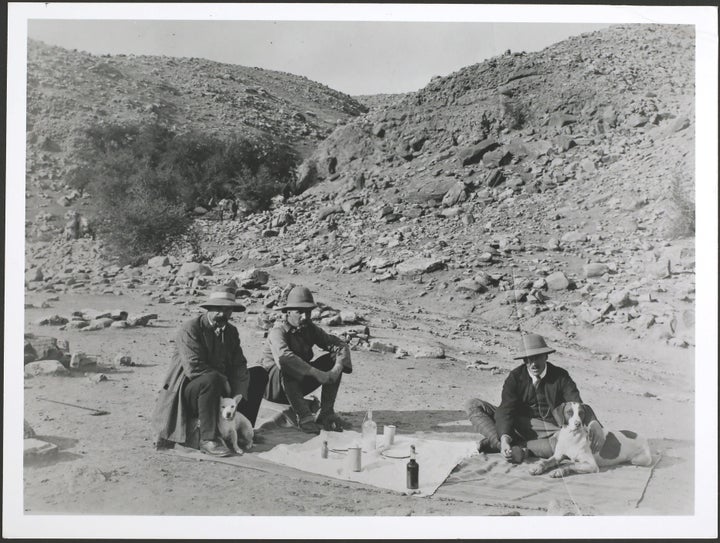
Unsurprisingly, the imbalance in how oil revenues were split between the native Persians and the imperialist Brits became a source of friction.
A number of attempts were made by the Iranians (as they made themselves known from 1935 onwards) to renegotiate the terms of the deal with the APOC but these either came to nothing or produced agreements that were ultimately no more beneficial.
1941: Second World War and the invasion
In one of the west’s many demonstrations of scant respect for sovereignty during this period, in 1941 Britain and its ally the Soviet Union invaded and occupied Iran to secure oil supplies for their increasingly thirsty war machines.
This occupation helped stoke a tide of nationalism that swept the Middle East after the end of the Second World War and in Iran specifically. This further increased calls for the nationalisation of the country’s energy resources.
1951: Iran elects Mohammed Mossadegh as prime minister
In 1951, the Iranian parliament voted to nationalise the APOC (now called the Anglo-Iranian Oil Company), an event followed by the democratic election of Mohammed Mossadegh, a champion of nationalisation.
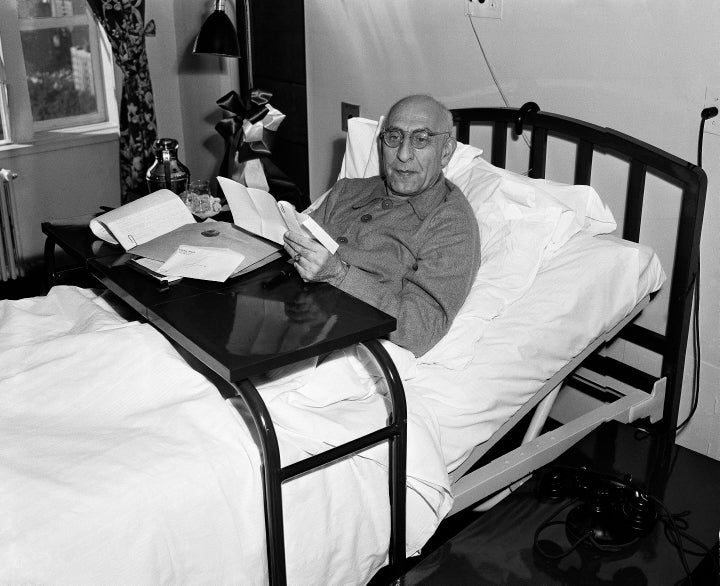
Over the next two years, Mossadegh tried to implement nationalisation, engaging in heated diplomacy with the British and the United States – which by this point, after its contribution to the Allies’ victory, was far more involved in international affairs than in previous decades.
The British, not wanting to give up such a lucrative cash cow in a period when the consumption of oil was only increasing, resisted Mossadegh’s attempts and sought ways to remove him from the picture.
1953: The coup
Eventually, Britain chose possibly the most extreme option – subverting Iranian democracy by toppling Iran’s leader and replacing him with one they liked.
The coup was orchestrated by the CIA and MI6 and used the rising tensions of the Cold War as a pretext, framing it as necessary to stop energy supplies from falling into Soviet hands.
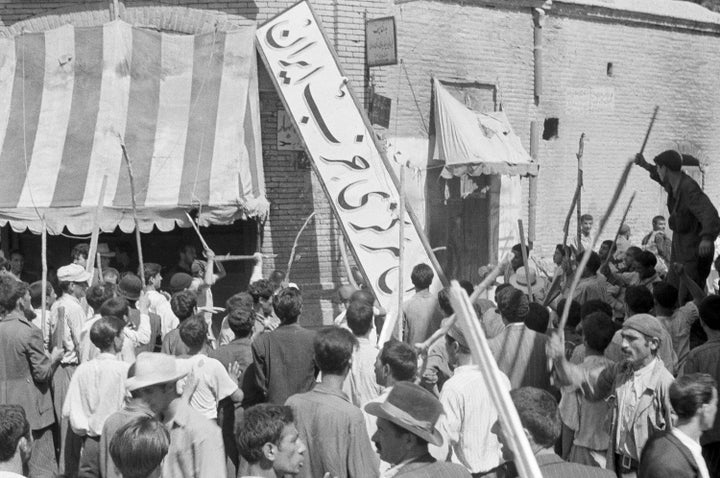
By bribing a number of influential people and groups in Iran, the western intelligence services were able to orchestrate a large riot that was used as an opportunity to arrest Mossadegh and replace him with a new pro-western PM, Fazlollah Zahedi, who was given the seal of approval by the equally pro-western shah (monarch) Mohammad Reza Pahlavi.
1954: The name change
In a clear sign of who was behind events in Iran, the Anglo-Iranian Oil Company was renamed British Petroleum (yes, that BP) in 1954.
Things were never going to be the same, though, and BP, rather than have a sole monopoly on Iranian oil, instead entered into a consortium of companies that controlled much of the world’s oil supplies for the next two decades.
1979: Iranian revolution
It won’t come as a surprise to learn that the ordinary people of Iran were less than happy with having a leader imposed on them by foreign powers and discontent grew and grew, culminating in strikes and huge demonstrations that paralysed the country.
Under huge pressure, Pahlavi fled to the US and in his place came Ruhollah Khomeini, who would soon become known in the west as Ayatollah Khomeini.
He had spent the previous 15 years in exile due to his opposition to Pahlavi but returned to Iran to be greeted by crowds numbering in the millions.
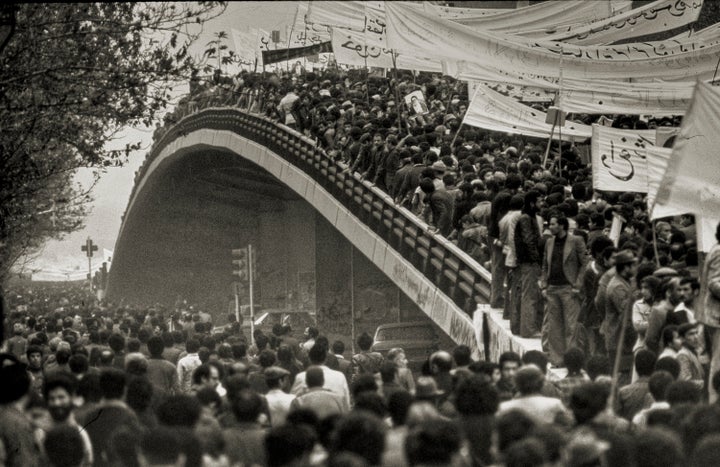
Khomeini formed a new government, held a referendum and founded the Islamic Republic of Iran that the world knows today. He dubbed the US the “Great Satan”.

Almost immediately, the first of a number of crises occurred, each of which would further cement the hostility between Iran and the US (Britain, having lost its empire after the war, was increasingly out of the picture).
1979-81: The US embassy hostage crisis
In November of 1979 a group of Iranian students, angry at American refusals to extradite Pahlavi, stormed the US embassy and took 52 people hostage – for nearly two years.
The failure of the US to secure the release of its own citizens either through negotiations or a failed rescue attempt was a humiliating blow on the international stage and was a significant factor in the end of the Jimmy Carter administration.

Donald Trump referenced the hostages recently when he said 52 cultural sites in Iran could be targeted by US strikes.
1984: Sponsor of terrorism
The US designated Iran a state sponsor of terrorism, citing more than 60 attacks against the US across the Middle East.
1985-86: Iran-Contra scandal
Carter’s successor, Ronald Reagan, became embroiled in his own Iran-related scandal a few years later.
In what came to be known as the Iran-Contra affair, Reagan actually sold weapons to Iran and used the money to fund anti-communist rebels trying to topple the government in Nicaragua, despite such funding being banned by Congress.
1988: US shoots down Iranian passenger plane
On July 3, 1988, an American warship patrolling in the Persian Gulf shot down an Iranian Airbus A300 flying from Bandar Abbas, in Iran, to Dubai in the United Arab Emirates.
All 290 people on board died. The US claimed the aircraft was mistaken for a fighter jet.
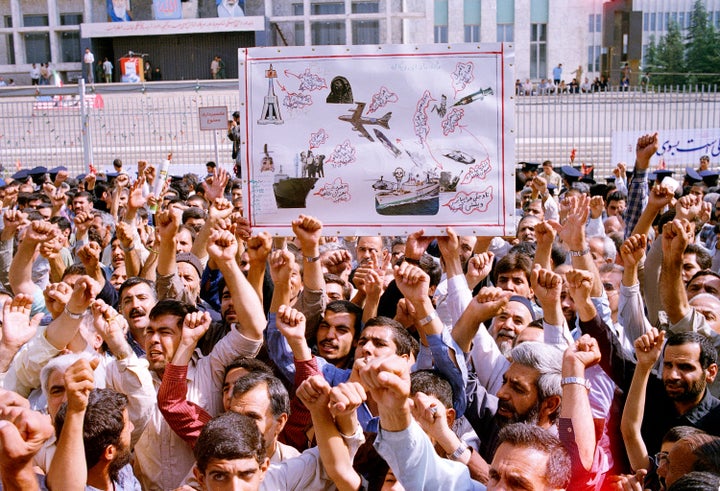
1990s: The sanctions
Over the course of the decade, the US stepped up sanctions on Iran in an attempt to prevent its “acquisition of chemical, biological, nuclear, or advanced conventional weapons”.
2000s: Fears of a nuclear Iran
Relations deteriorated to a new low after it was revealed Iran was developing nuclear facilities that western nations said could be used to make a nuclear bomb.
The then government of ultra-conservative president Mahmoud Ahmadinejad denied the claims but the UN, US and EU imposed harsh sanctions, crippling the country’s economy.
2002: The ‘Axis of Evil’
Signs that the election of reformist cleric Mohammed Khatami in 1997 marked a shift in relations for the better were dashed by George Bush in 2002, when he included Iran alongside Iraq and North Korea in his infamous “Axis of Evil” speech.
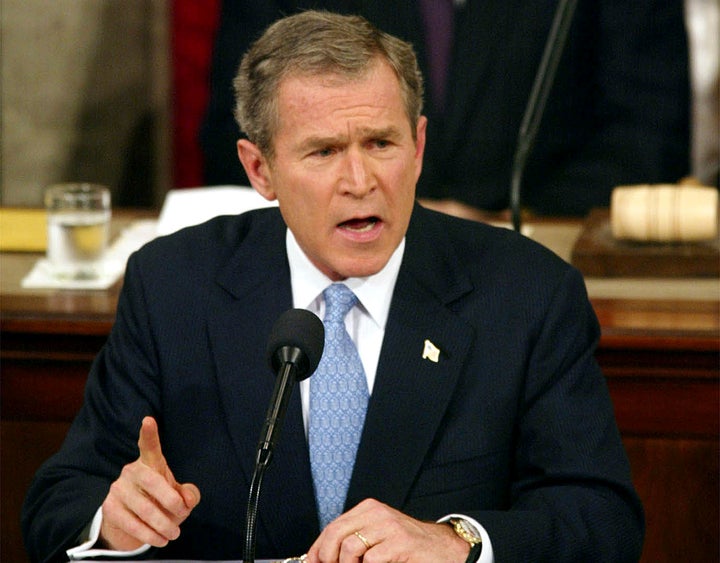
The designation caused outrage in Iran – which, a year later, was more than happy to take advantage of the chaos resulting from the US invasion of Iraq to increase its influence across the Middle East.
2015: The deal
The election of Barack Obama marked a profound shift in relations between the US and Iran and a long-term deal was finally agreed that would allow Iran limit its nuclear capabilities to civilian energy use in return for the lifting of sanctions.
Despite the deal being widely hailed as a positive step for peace, one man was very vocal in his disdain for the agreement throughout the negotiations – Donald Trump.
2018: The end of the deal
Now president, Trump pulls out of the Iran deal in 2018 to the dismay of other world powers.
He reinstates sanctions and Iran’s economy freefalls.
2019: The military actions begin
Further sanctions target Iran’s oil exports, prompting a number of retaliatory strikes from Iran against oil tankers in the Persian Gulf.
Things escalate on June 20 when Iran shoots down a US military drone and, shortly after, announces it will roll back a number of the commitments made under the original nuclear deal.
2020: The death of Qassem Soleimani
All of which brings us to 2020 and the current situation. An attack on a military base in Iraq by an Iranian-backed militia sparks a US airstrike that kills 25 members of the group.
This in turn prompts the storming of the US embassy in Iraq. The US responds by killing Qassem Soleimani. Iran responds by attacking a military base in Iraq holding US personnel, with no reported injuries so far. And the rest is, well, the present.

